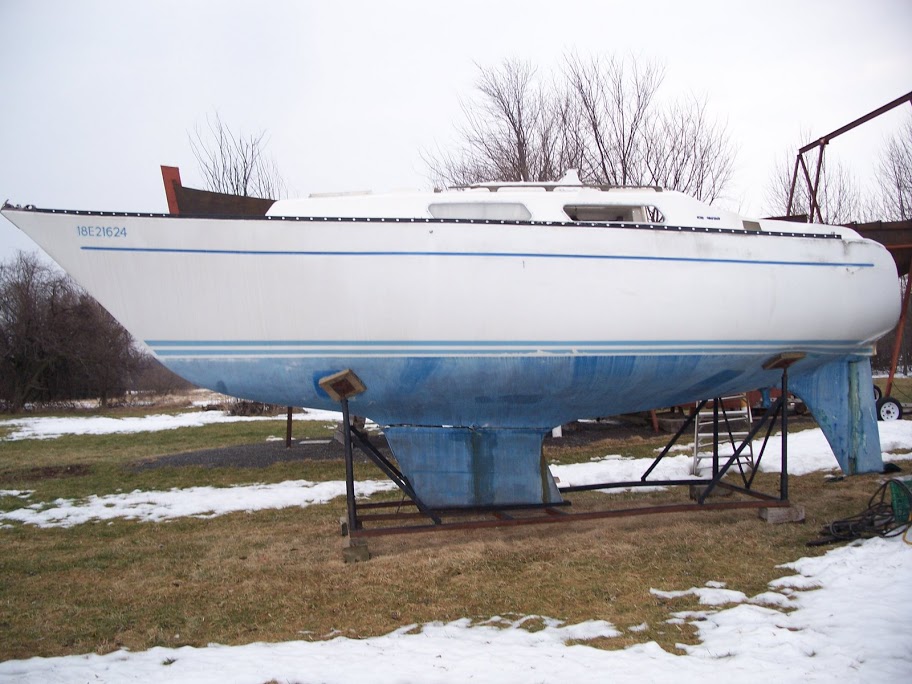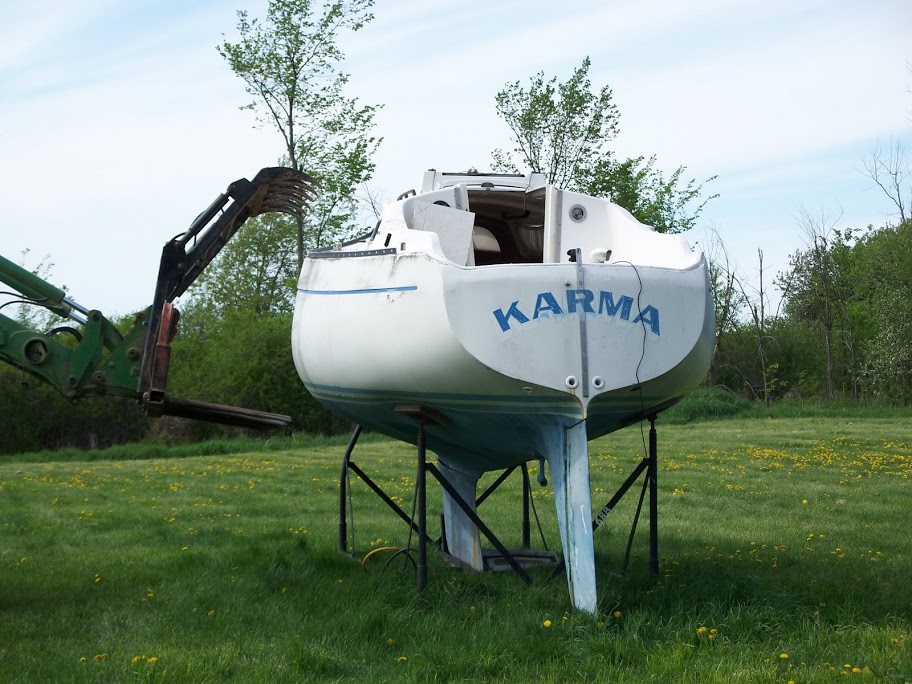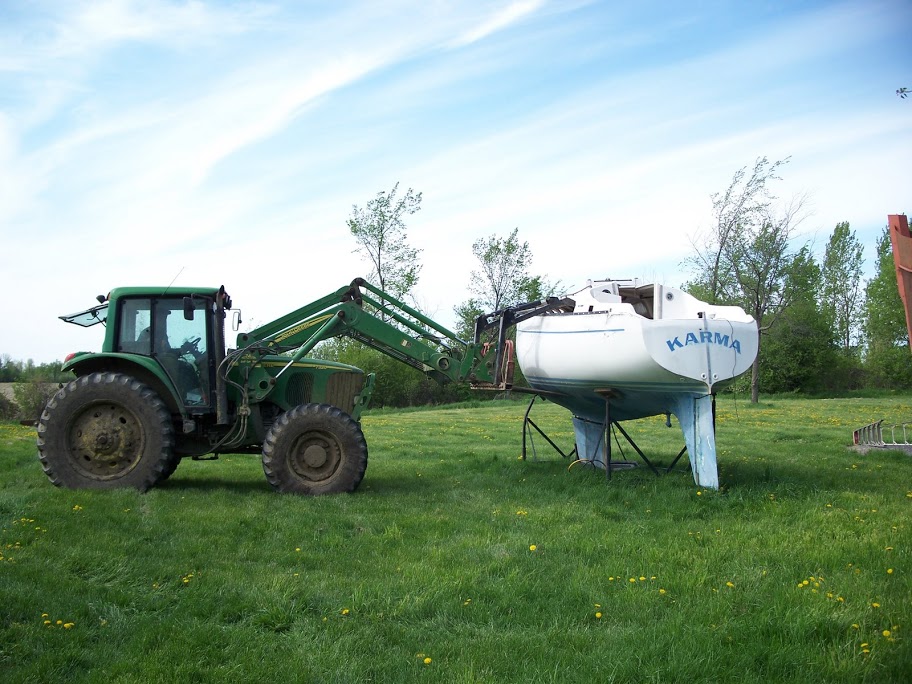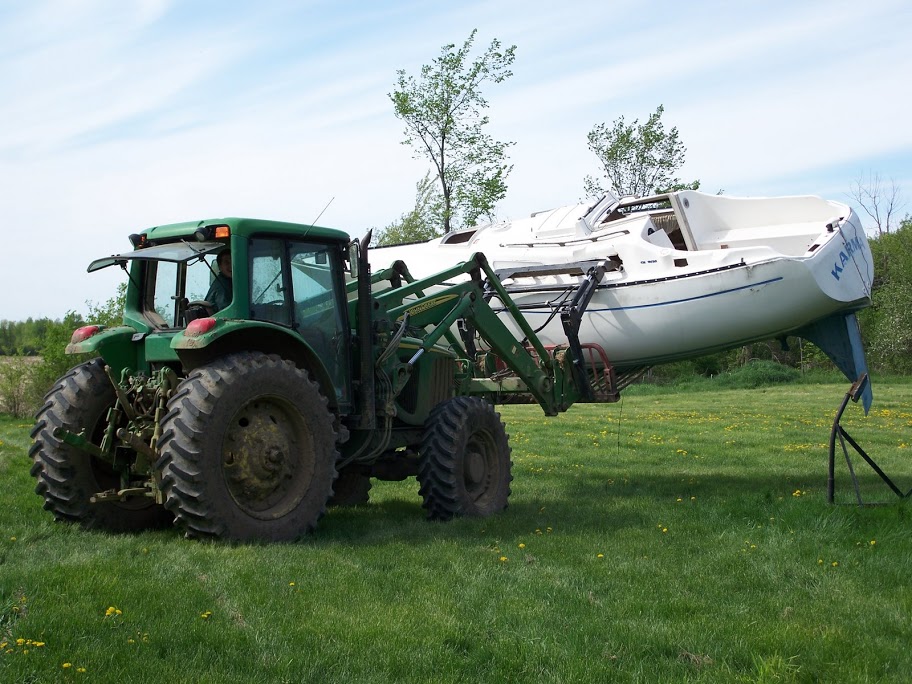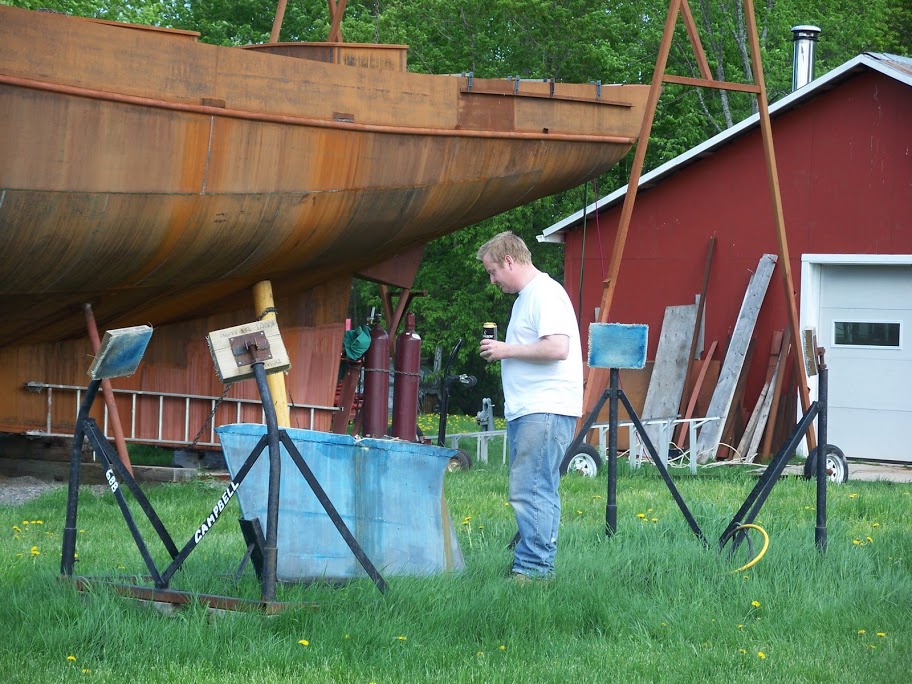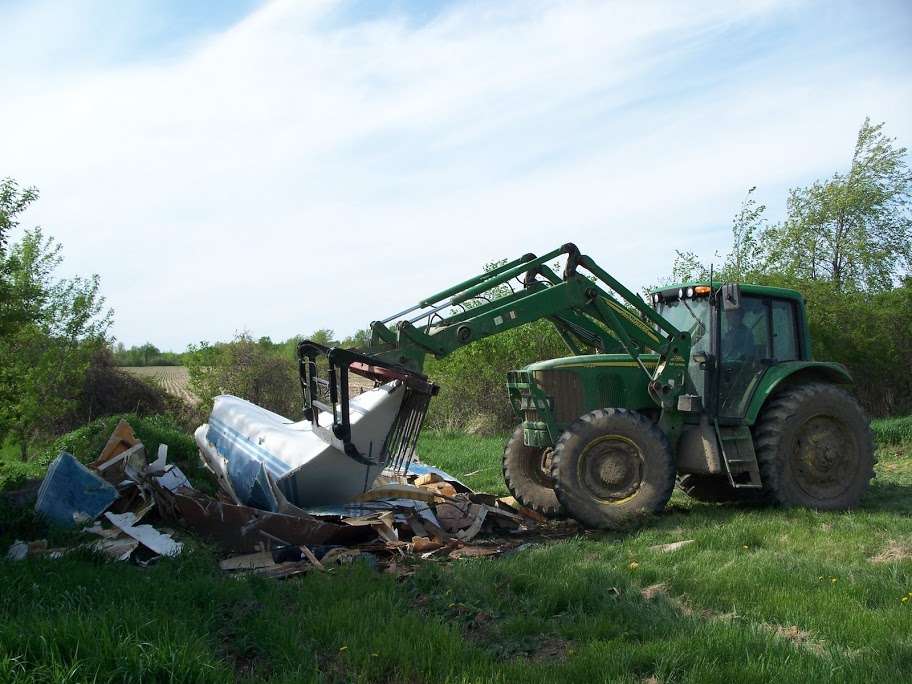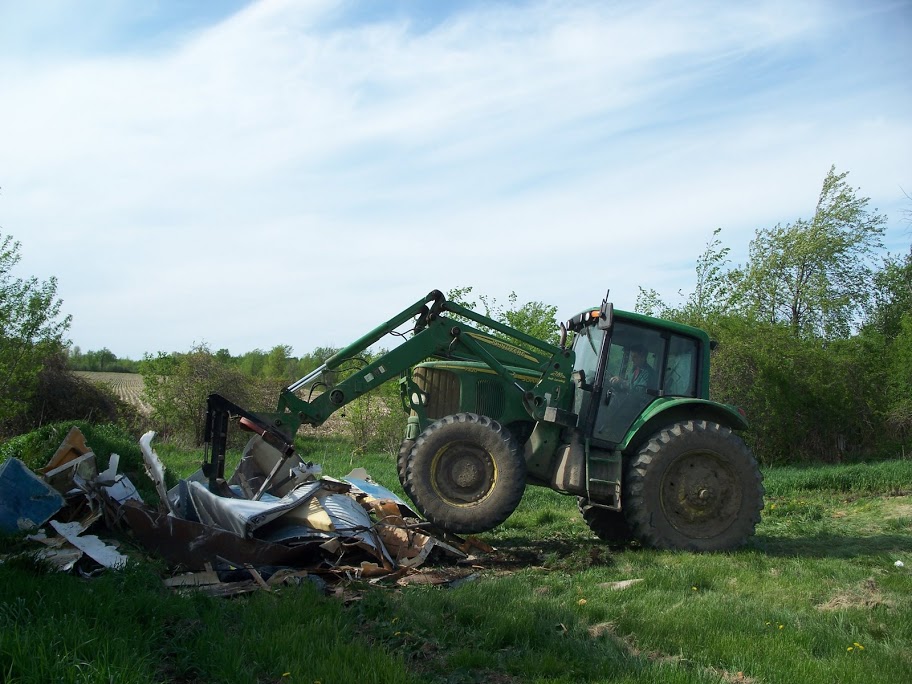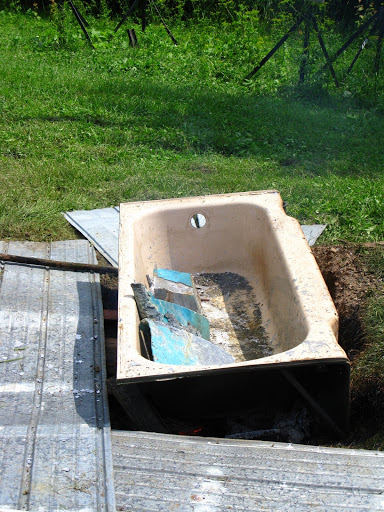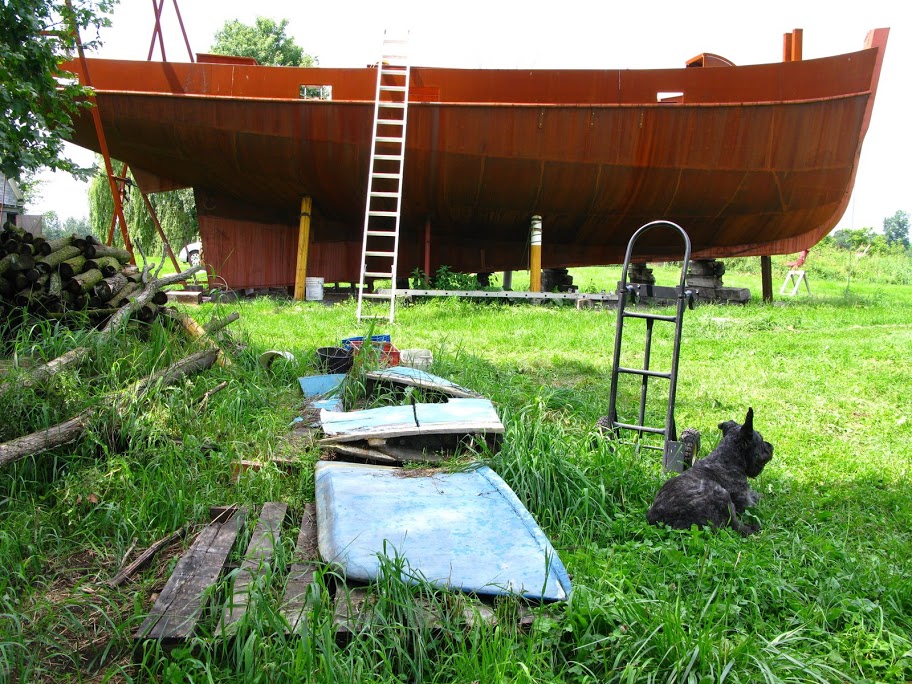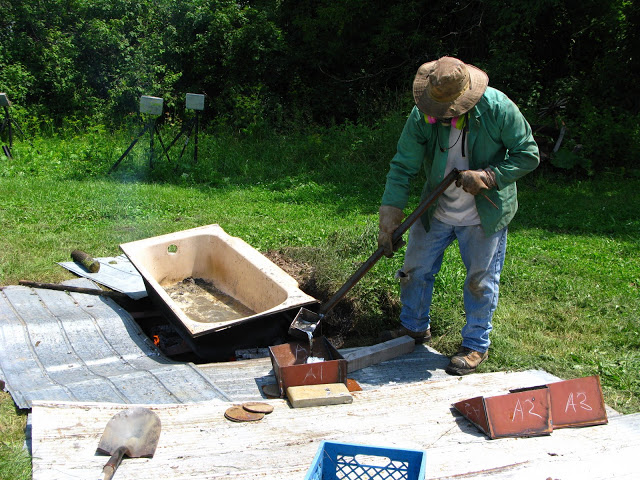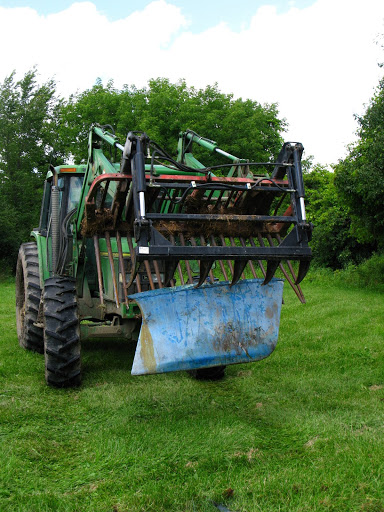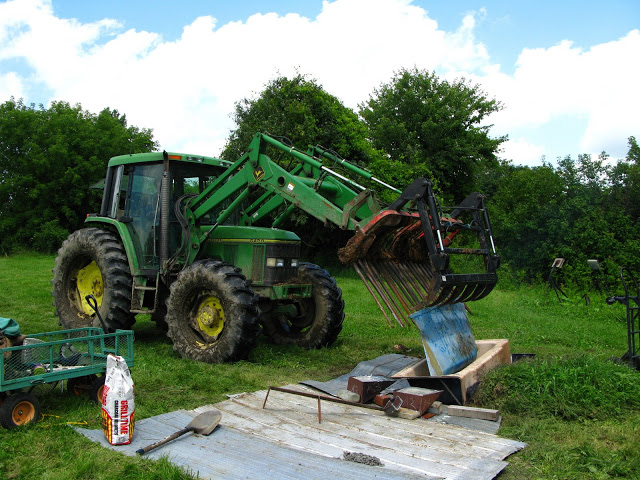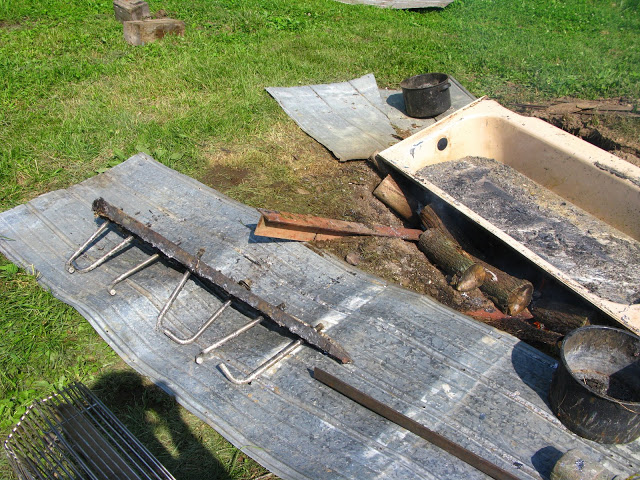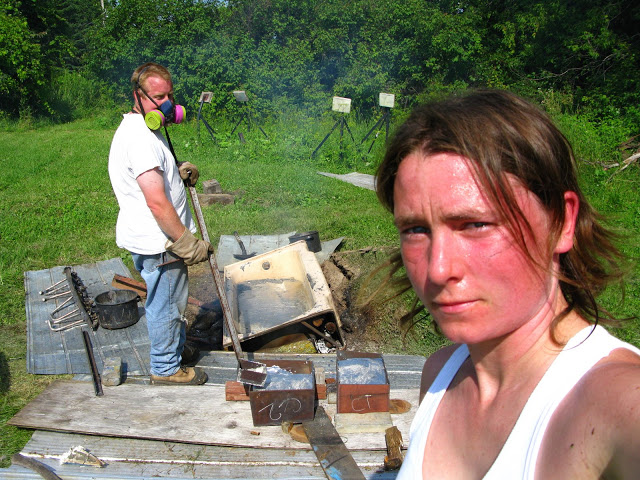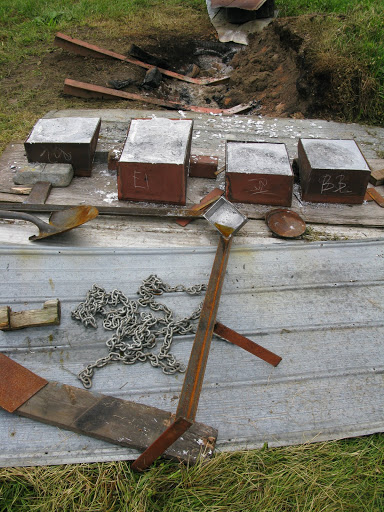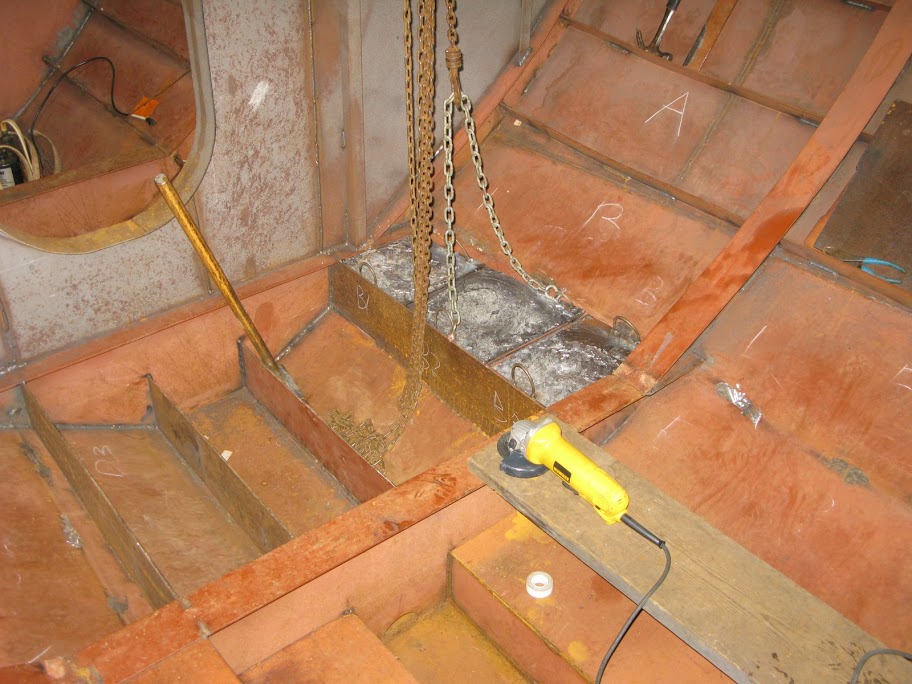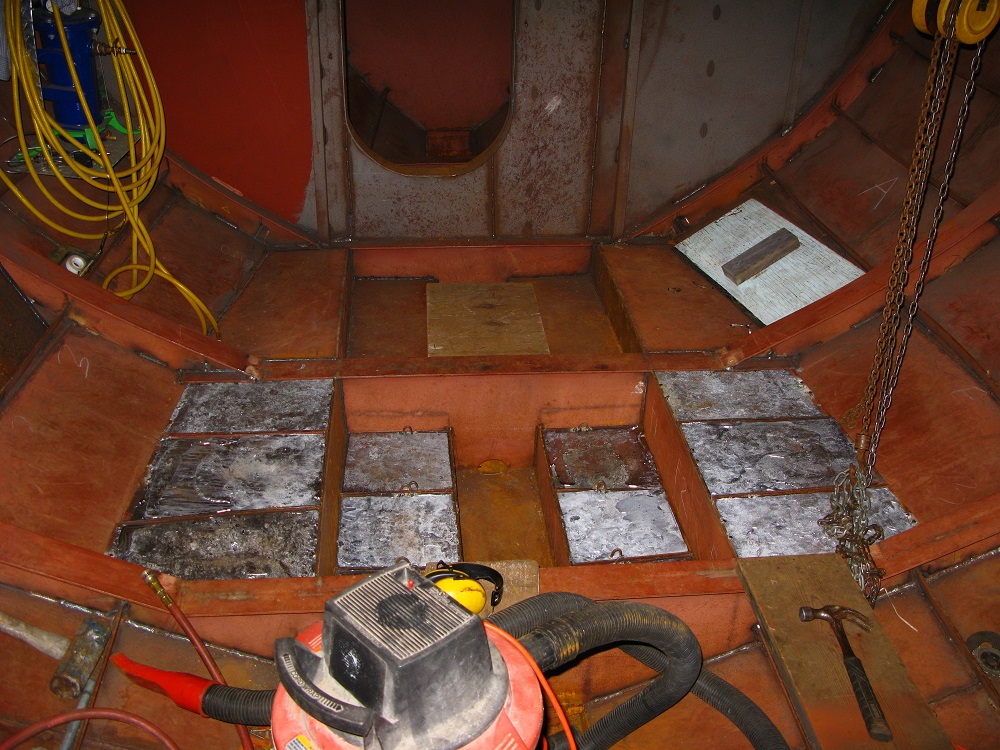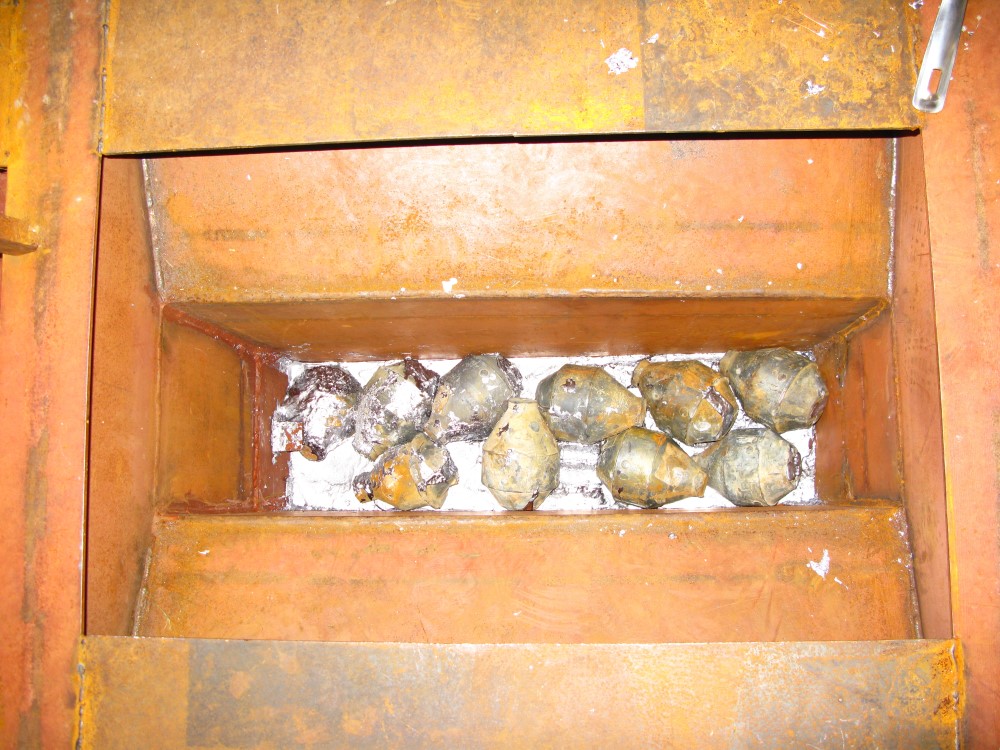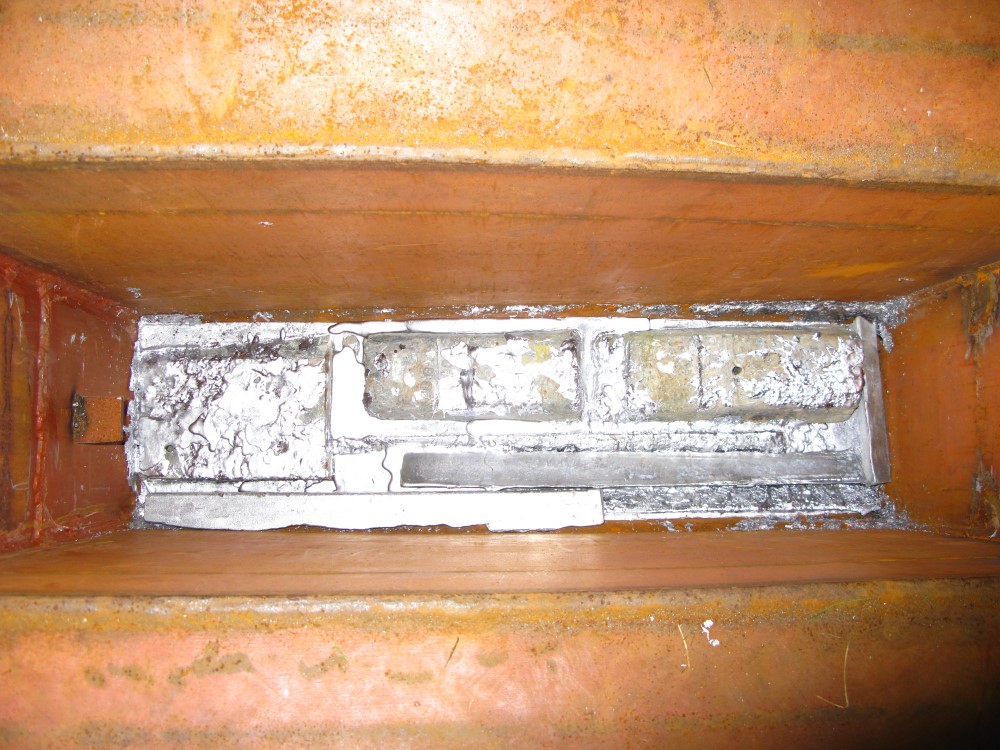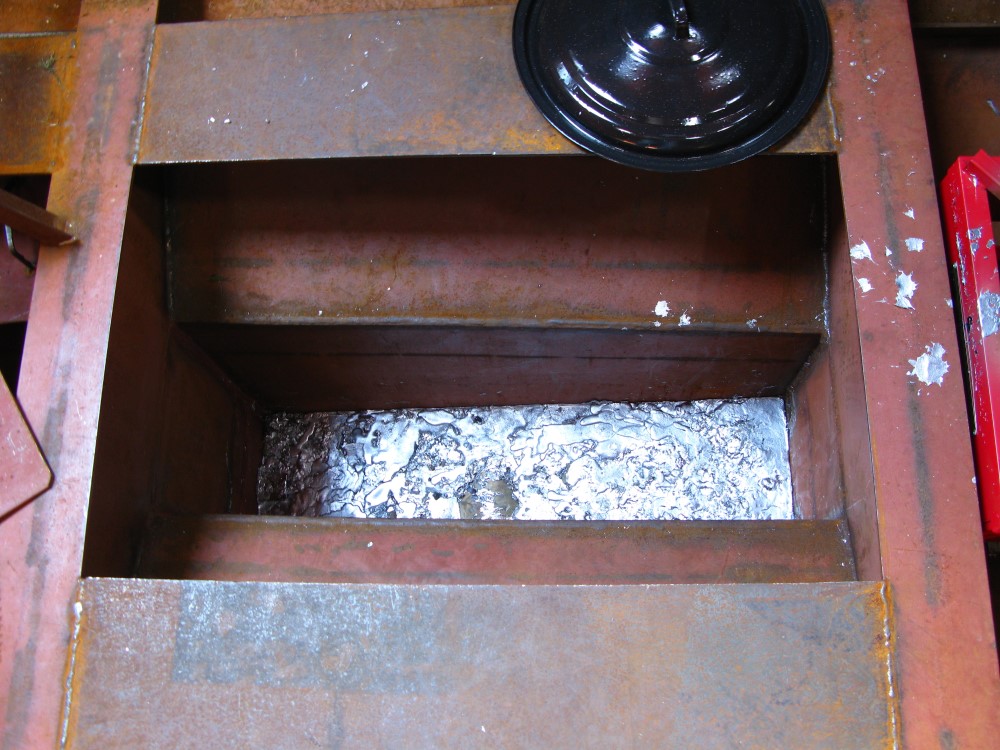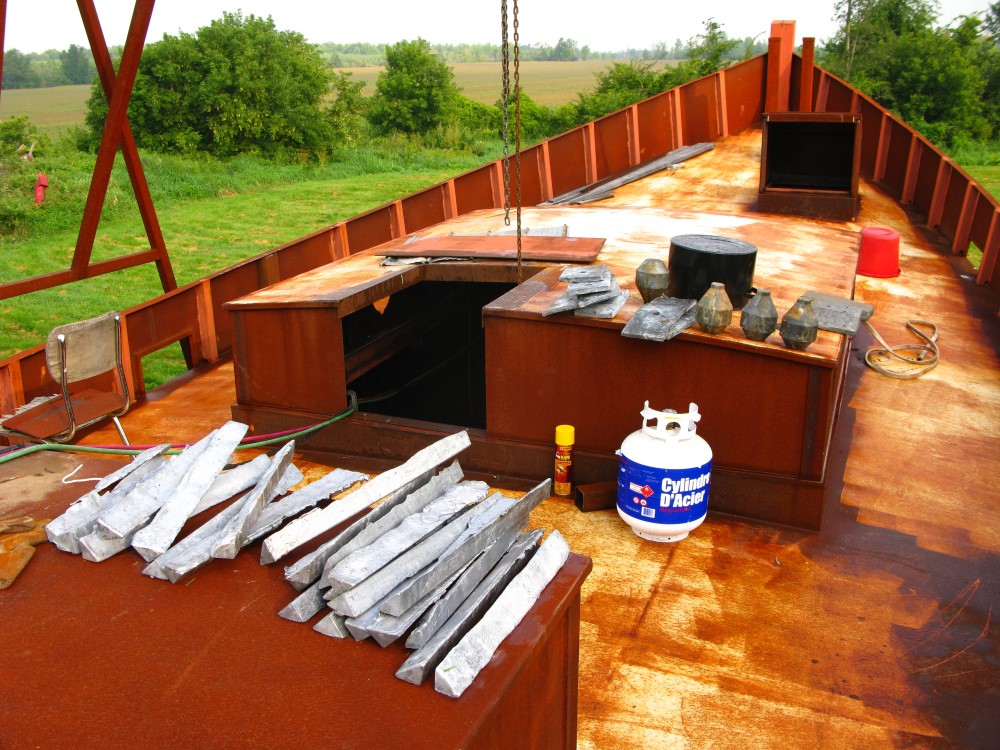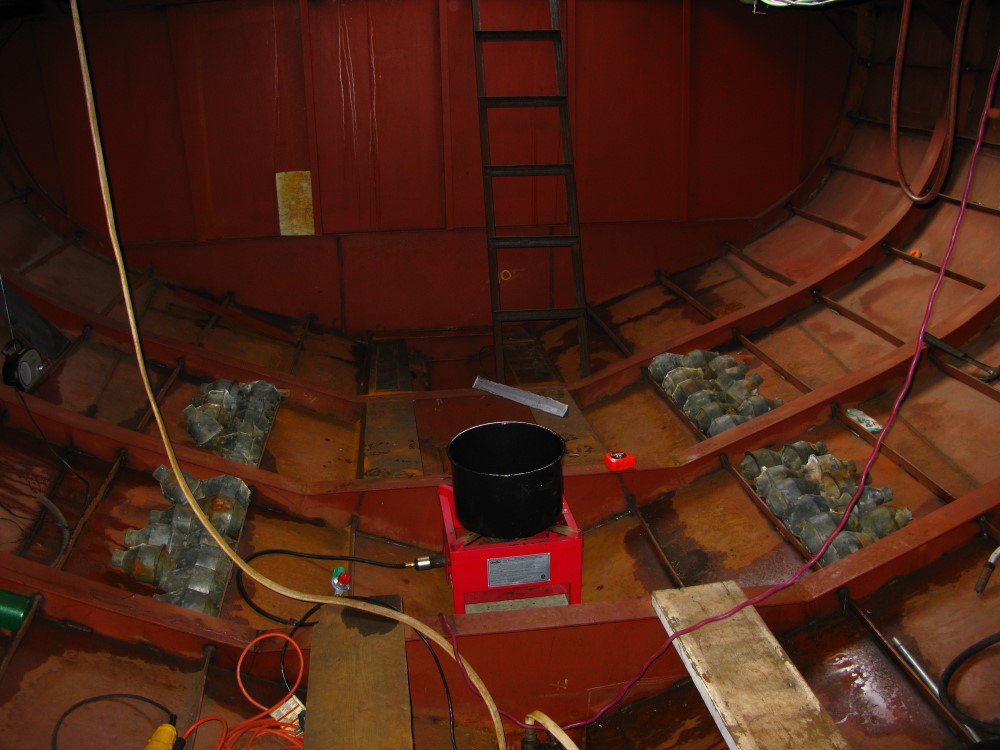To go directly to blog posts regarding ballast :
Blog post regarding ballast
Just A few pounds of lead
The big question when it comes to ballast is: How much ballast? The answer is a lot!
The final displacement of the boat should be between 25 and 30 tons with a displacement to ballast ration of 40% ; so we are looking at 10 to 12 tons of ballast.
About Ballast materials
Most of our ballast will be lead but we will likely also have some steel for trim ballast.
The purpose of the ballast is to lower the center of gravity of the vessel, to achieve this efficiently we want to place as heavy of a mass as low as possible. The most efficient material to do so will be the one that is the most dense. Density is the weight of the material per volume. Lead density is 11.35 g/cc, to compare steel is 7.85 g/cc, for those who have lots of money and would like much denser material gold is 19.3 g/cc 🙂 .
The precious lead is used at its best if it perfectly fills the volume in which it is contain, as in a perfect case, every cubic centimeter would contain 11.35 grams of lead. To achieve this the lead has to be poured directly into the shape it is to fill.
I estimated that when I made up triangular profiled ingots, poured in shape in some angle iron molds, the stacking of those ingots only provided me 90% to 92% of lead density. To come up with this number I weight 10 ingots and divided the result by ten so I would have a fair estimate of the weight of my ingots. I stacked ingots as efficiently as possible in a known volume, counting them as I placed them. I was pretty happy about my stack, it looked really tight and efficient. The number of ingots placed multiplied by the estimated weigh of one ingot gave the mass in the known volume. This only gave me about 90 to 92% of the mass that would be expected for a perfectly filled volume, hence, at best, 10.44 g/cc. I did this a few times.
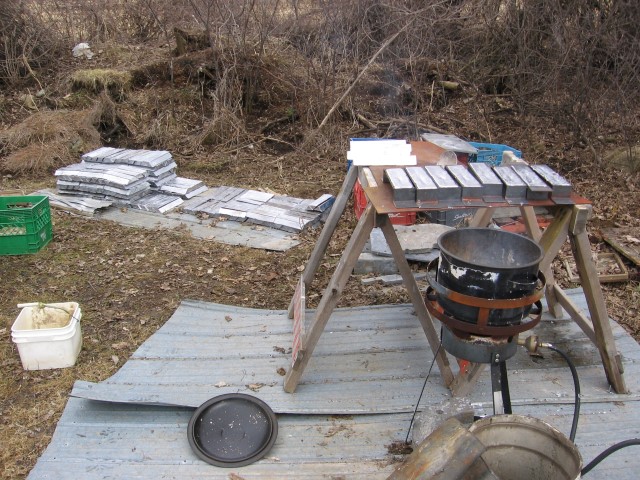
Before deciding to melt lead I have investigated the lead shots option, which I quickly ruled out.
Firstly, lead shots are very expensive compared to scrap lead, therefore a non sens if it doesn’t match the purpose. What was the purpose of using lead as ballast? Obtain a maximum density for a given volume.
“random packing of hard, i.e. non-crushable, spheres in three dimensions cannot exceed a density limit of 63.4 percent of the volume” http://www.physorg.com/news131629886.html Well then…..
Lead shots will not fulfill this purpose without being melted and re-poured in the area occupied and many other options would be worth exploring if one doesn’t want to deal with melting lead.
Ok that’s scientific dudes word, lets see more down to earth and applied data: http://www.marsmetal.com/lead-shot/ So according too the data from those who make and sell the shots, a volume filled with lead shots would weitgh 66.4% of one perfectly filled with solid lead…humm…
With this information I definitively favor casted lead, either directly in my keel or with efficient stacking ingots. But what if melting lead is not an option for me…there still is more user friendly and most likely more efficient option.
Remember the density of steel? 7.85 g/cc or 69% of the lead density. I have, myself, considered using some steel for ballast. Steel flat bar does stack very efficiently (much better, than home made lead ingots) and I guess I could expect obtaining close to the full density for the volume filled with steel, definitely more then the density of lead shots. The benefits are that steel is cheaper, more readily available and …. no need to deal with lead.
Lead shots would be beneficial to fill uneven volumes but still are really far from the efficiency of melting the lead into the keel or using perfect stack of steel or iron.
Where I still wanted to use ingots rather than directly melting the lead into my keel I have found a slick solution to increase the density of my ingot stacking. Instead of pouring lead in molds and unmolding them, I use steel hollow thin wall profiles ( I like 3 x 3 sqare profile) cut to useful length, cap one end and fill my containers with lead before caping the other end. I than obtain smooth and eathily stackable ingots which now expose no lead. Cool bonus feature: I can move and handle them with strong magnets (handy in deep keels or to pull out an ingot stuck between others). I guess the same could be done with aluminum profile for an aluminum boat to avoid contact between dissimilar metals where there is a risque of water infiltration.
Note on Concrete for ballast
Concrete is not an efficient ballast neither, unless you have a lot of volume low in your boat. Put it like this, would you consider aluminum as dense? Well, aluminum is 2.7 g/cc and concrete 2.3 g/cc. The no1 carateristique of concrete is that it is cheap and easy to obtain. But is it really cheaper per pound for how poorly it fulfills the task?
And the fun starts
Who wants lead soup? Ever seen rocks float? Lead melting is always a lot of fun….the first ten minutes…than…it’s a chore. It’s a strange thing the first time you lift a ladle full of lead, you realize how conditioned your brain is to certain things as it expects the usual weight of a ladle full of soup, the much heavier ladle of lead.
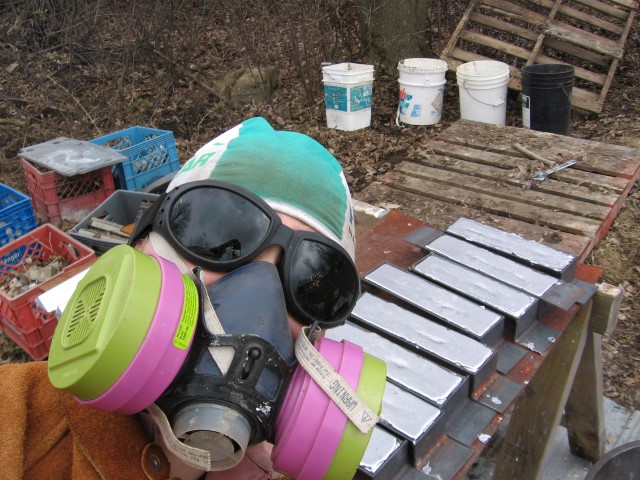
Dealing with the lead is the second on going nightmare (after sandblasting…but before welding, grinding and painting). First, one has to find it, then buy it, transport it, store it, melt it, mold it, stack it…and whatever… complain about it. Luckily it’s also the one part of the boat that keeps increasing in value without extra work! (Thanks to stock market)
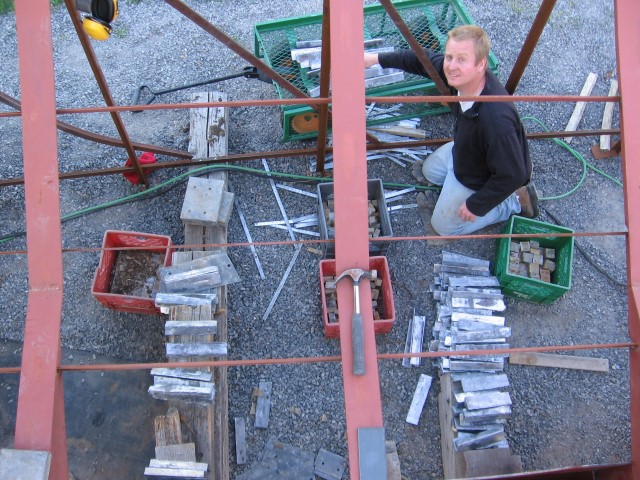
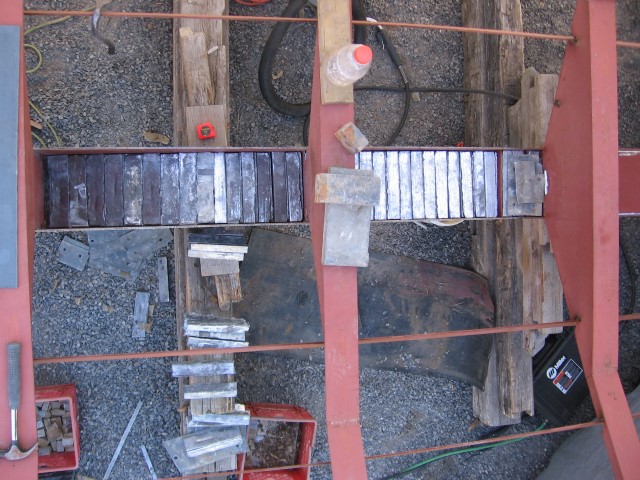
Stacking a first load of ballast: 4600lbs of freshly baked lead ingots. I (Murielle), am taking all the credit for the great idea to install all the lead we already had in the keel before plating. Based on a few basic physics concepts (potential energy gain and loss, efficiency, laziness) this decision saved us much, energy and time, hence: work.
We filled four compartments with 10 in of lead and caped it with a welded lid. Unfortunately that’s still not it for integral ballast and some more ballast will be removable for the road transport and trimming.
Finding more lead
The Mimi Jane is a heavy boat with a 40% lead to displacement ratio, that means a lot of ballast. We have been collecting lead for several years and still could take more, ideally we would reach 10 tons. In the mean time we want to focus on the integral ballast and will not rush about trim ballast, which could eventually be steel and has dedicated space planned ahead.
Ou first load of lead was all piece meal bought from scrap metal recyclers. We painfully melted our 4600lbs on a propane burner.
But now lets talk real stuff…no more piece meal lead melting. We need big chunks of lead, enough of those pipes and tire weights. Sooo? were do we find big pieces of lead? Under boats: KEELS! We got a hand on three keels.
Our first purchase was “Karma”. The 26 ft sailboat had been sitting open in a yard for years and was unfortunately a lost cause worth more for it’s 1 ton keel than as a sailing vessel. I don’t remember what kind of boat it was, ugly if you ask me.
I gutted the hull of anything left that could have some value, cut off the keel and we then crushed the hull to dispose of it.
For the sensitive boat lovers who would have issues with our boat destruction activities note that it was in unrecoverable condition. It was in such bad shape that the yard where it was laying was willing to pay to get rid of it and brought it to us for free. Absolutely no one wanted it. Dumps didn’t want it because of the lead and recyclers didn’t want it because of the rest of the boat. It had been left open to elements for a few years, there was a water line on the inside and oil everywhere. The hull was convex at the cradle pads and the deck scary to walk on. Even if it had been possible to fix it, economically it wasn’t…it would of cost more in resin and labor than the value of the 26 ft hull. There was no engine, no mast, no rigging….no nothing but lead. For the cost of all the above I could buy an ok 26 footer.
The photos make it look good, but it wasn’t. Lets be serious here….I love sailing…if I could of fixed it up to have a boat to play with while I build mine, I would of. Fiberglass boats can die. When it happens, you take everything salvageable on it, fold it up and bring it to the land fill.
The second keel came from a friend, Bernard. Bernard bought a hurricane boat from Florida to recover parts. By selling all the valuable parts of the boat he figured he would get the engine for free. We bought the keel from him….thanks Bernard, that was a helpful couple tons.
The third keel was from a boat we had unfortunately witnessed degrading a couple concessions away. After buying some high priced lead from a foundry I took on to myself to go ask the owner if he had any plan for that sad boat. We payed him a bit of money and took the boat away in pieces. http://mimijane.ca/more-ballast-again-more-ballast
With keel sized chunks there was anew challenge, how were we going to melt those keels and then how were we going to place all that ballast in the boat.
I spent many days making 24 “bins” shaped to be contained in 4 integral tanks that will be welded shut. It has been a lot of work but the result was very tidy.
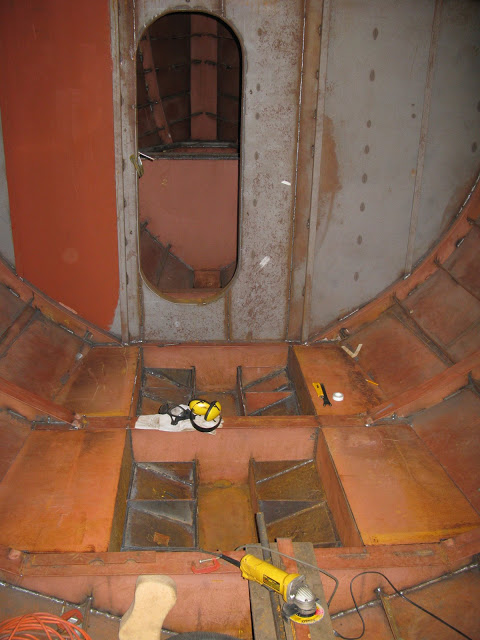
To melt the keels, our bathroom renovation and Bud Mackintosh brought us the answer. In his book ( https://www.woodenboatstore.com/product/book-how-to-build-a-wooden-boat/boatbuilding ) , Mackintosh has a drawing of some guys melting lead in a tub over a wood burning fire. We were very unsure but figured we should give it a try. This actually worked much better and faster than we expected. We started by getting a puddle going with some smaller chunks and where stunned how quick the lead started to melt. Our neighbor, Yann, came with his big green tractor to place the 1 ton keel down in the tub. Hum… didn’t fit….Mark got to try the chainsaw in the lead keel. Yes, Mark can now fully acclaim his…arrg… male chainsaw lead cutting talents 🙂
We still did get a few troubles with top of the keel being to long for the tub but managed to melt the keel in two hours, Wow. The pouring of the lead in the molds took a little bit more time and a lot of muscle. No need to say we ended the day exhausted.
Note the pictures of the fiberglass top and the keel bolts.
Each bin, weighing between 250 and 350 lbs is hoisted back up and down in the boat at it’s spot.
Some may wonder why we end up having ballast laid in the bottom of the hull as we do, why isn’t all contained in the keel as most sail boats our days. Quick answer is: that’s the way it is! A little better said: The keel of the boat is not really a keel, more of a back bone. The fishing Tuna dundees would ballast by filling the bottom of the boat with rocks (and eventually with fish, throwing the rocks overboard). We thought we could do a little better than rocks but still had to load the bottom of the boat. Unlike the old wooden boats (with solid wood back bones) we could use the box section of the keel to carry some ballast. Compared to old boats, that has the obvious advantage of lowering our center of gravity, but we didn’t have enough well positioned (center of buoyancy) volume to carry all the necessary ballast to reach our displacement. We had room available in the aft areas of the keel, but need weight forward. It was necessary to carry some ballast in the belly of the beast. So be it. It only has made lead containment a bit more work than the common modern steel vessel.
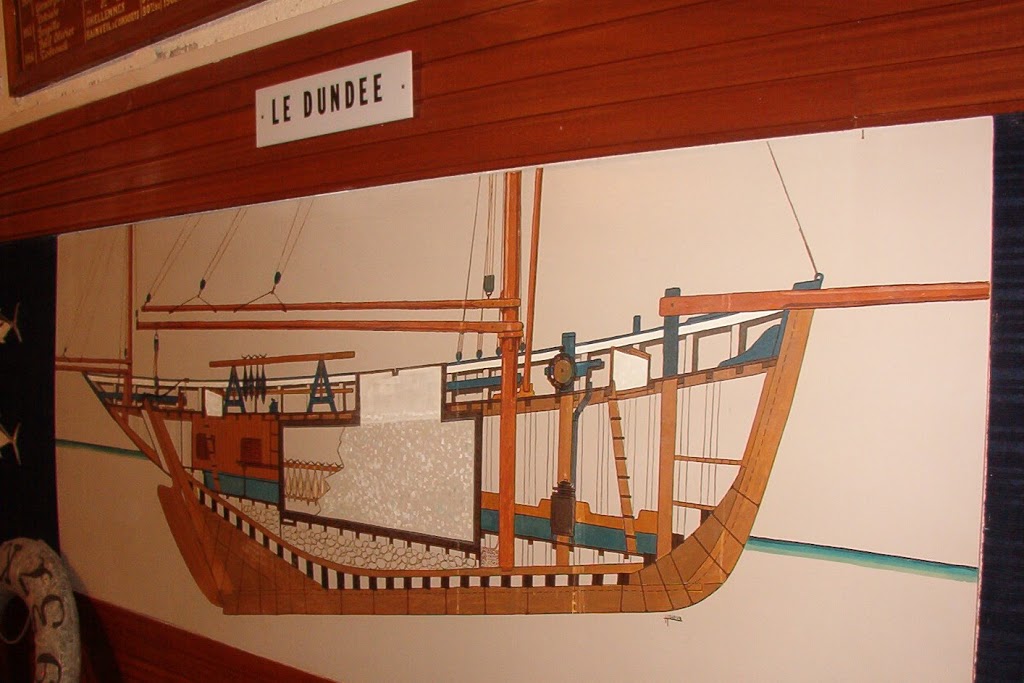
We did have two compartments in the keel filled with lead. Instead of melting all the lead we fitted we poured some melted lead around solid blocks.
To be followed with trim ballast….
…..



